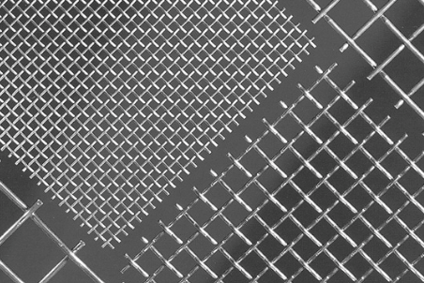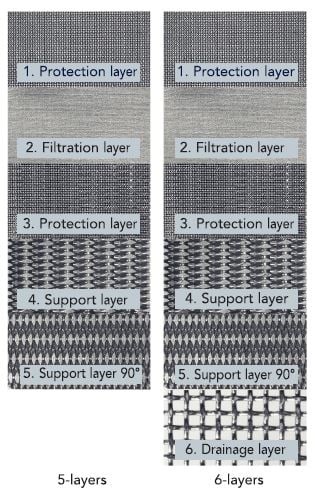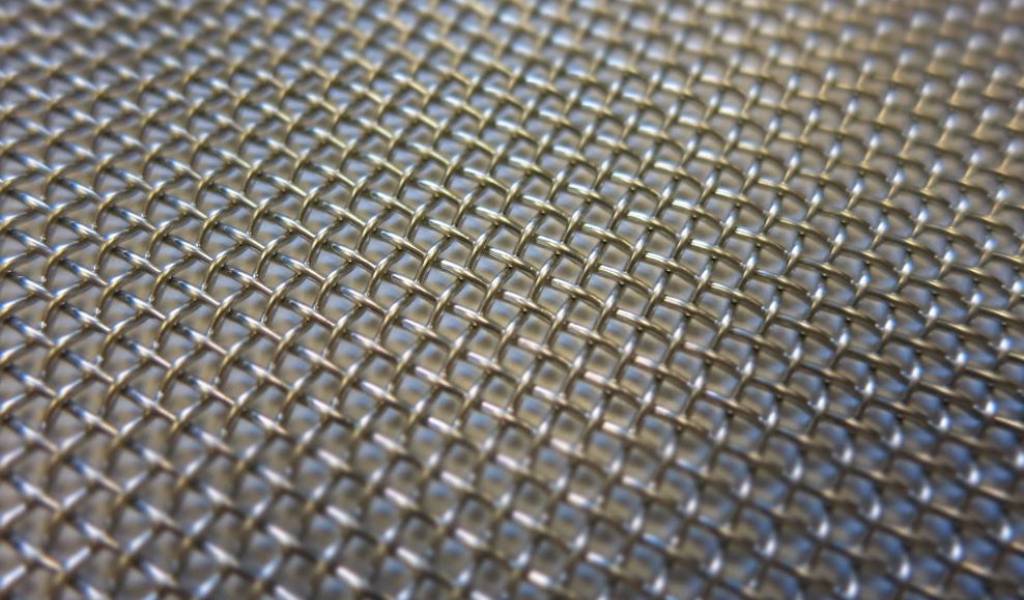Molded Pulp Fiber Packing Molds: Wire Mesh vs Sintered Wire Mesh
Molded pulp fiber packaging has begun reinventing how we view and use single-use plastics. As the pulp and paper industry continues to grow, studies have shown that consumers prefer products that use molded pulp fiber packaging as it allows them to do their part in preserving the environment.
In order to project the industry, pulp fiber packaging manufacturers are consciously experimenting with parameters such as the fibers and fillers used, expanding the product's capabilities. As a result, they must also experiment with screening materials, such as woven wire mesh and sintered wire mesh, in an effort to fabricate the perfect molds.
Knowing that, what exactly are the differences between wire mesh and sintered wire mesh?
W.S. Tyler has been a prominent wire mesh supplier for over 150 years, helping countless industries integrate both wire mesh and sinter wire mesh solutions. We strive to use these years to help you identify a solution right for your needs, especially becoming an extended wire mesh department for your organization.
With that, we wrote the following to provide you with a better understanding of how wire mesh and sintered wire mesh compare. You will learn:
- The definition of wire mesh
- The benefits of wire mesh
- The definition of sintered wire mesh
- The benefits of sintered wire mesh
- Identifying which of the two alloys best suits your needs
What Is Wire Mesh?
Woven wire mesh, or simply wire mesh, is a screening media comprised of hundreds of individual wires woven together, forming specific weave patterns. A heavily monitored weaving process is employed to ensure each weave is outfitted with pore openings that are rigid and precise.

To gain a fundamental understanding of wire mesh, read the article below:
Why Use Wire Mesh for Molded Pulp Fiber Packaging?
Known for its customization, most parameters of your wire mesh molds, from alloy to the mesh count, can be tailored to your exact needs. This means wire mesh helps achieve a finish that meets your standards.
Furthermore, as it is fabricated by interlacing thin wires, woven wire mesh can be categorized as an open product. In other words, the profile and orientation of the wires work to minimize the amount of closed-off surface area.
This ultimately is translated into optimal water drainage, reducing the energy needed to dry the molds.
What Is Sintered Wire Mesh?
In the pulp and paper industry, sintered wire mesh refers to porous metal screens that are comprised of wire mesh layers with variating specifications. The multiple layers of wire mesh are sintered together, creating a permeate bond between them without impacting the performance of each layer.

To learn more about sintered wire mesh and how the various specifications can benefit your process, read the following article:
Why Use Sintered Wire Mesh for Molded Pulp Fiber Packaging?
Typically, pulp and fiber molds fabricated from sintered wire mesh are comprised of two layers: a fine screening layer and a coarse support layer. That said, additional screening layers can be added to improve fiber retention.
To that end, the increased amount of mesh layers helps fabricated molds with a heightened level of durability. This helps reduce the frequency of costly downtime associated with halting production, removing broken molds, and replacing them.
Wire Mesh vs. Sintered Wire Mesh: Which Should I Use?
As stated above, wire mesh is particularly known for its ability to be customized. This includes its ability to be bent, curved, and otherwise formed into various mold profiles.
With the increased demand for molded pulp packaging introducing more complex mold profiles, wire mesh is left with a significant advantage.
Now, while the multiple mesh layers used to create sintered wire mesh prevents the material from being formed into the more complex molds, it does allow it to have significantly better durability. This means it creates a more efficient operation when the molds are subjected to increased amounts of vigours vacuum pressure.
It does go without saying that because sintered wire mesh requires more material, it does carry a larger price tag than wire mesh.
Read the following article for information regarding the cost of wire mesh for molded pulp fiber packaging:
Putting it simply, wire mesh is ideal for those looking for an affordable solution that can be customized and formed to accommodate complex molds. Sintered wire mesh is ideal for those that want the accurate screening of wire mesh with increased durability for a longer lifecycle.
Perfect Your Pulp and Fiber Molds With the Perfect Alloy
In the pulp and paper industry, wire mesh and sintered wire mesh are both screening materials used to fabricate molds that deliver accurate performance. Wire mesh is typically favored in applications that call for complex mold designs, whereas sintered wire mesh is favored when durability is key.
But regardless of what screening media you identify as suitable for your needs, the next step would be to pinpoint an alloy you can use to fabricate the media. This will ensure your molds can withstand the conditions of your operation with an extended lifespan.
Having helped customers better understand how wire mesh fits within their operation for over 150 years, W.S. Tyler is here to help you develop pulp and fiber molds that produce quality packaging that will help change the world for the better.
For insight into what alloys you should be considering when designing your molds, refer to the article below:
About Ronnie Brown
Ronnie is the Content Writer for W.S. Tyler and has four years of experience as a professional writer. He strives to expand his knowledge on all things particle analysis and woven wire mesh to leverage his exceptional writing and graphic design skills, creating a one-of-a-kind experience for customers.




